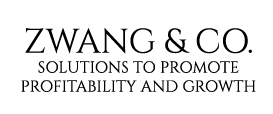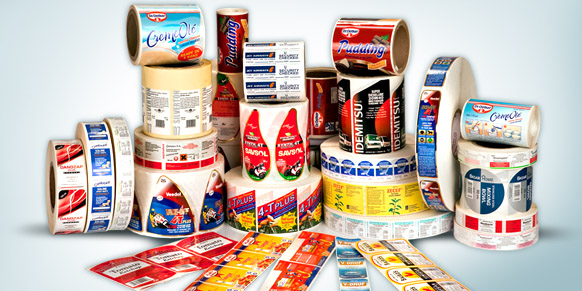In his new role as Senior Editor of Labels and Packaging, David will be looking at the demands, technologies and inflection points that are driving the use and growth of digital packaging and labels. The shift from analog to digital production in this area has already started, with the real growth still ahead of us.
Throughout the history of the digitization of printing technology and processes, we have seen a fairly repeatable model of change. It goes something like this:
- A new technology is introduced.
- It drives new creativity in how it can be used in the manufacturing process.
- Manufacturers (in this case, converters) introduce it to their customer base who see the possibilities of new applications, and with that comes new requirements.
- This in turn drives new technology development.
- And the cycle continues…
While all of this is going on, consumers (whether of information or product) are adapting and redefining their expectations as well, creating new market demands. As this cycle continues, it spurs the digital adoption rate and the transition from legacy technologies and processes.
We are already well on our way in this transformation process in the labels and packaging industry.. While the total annual market for retail packaging is hard to pin down, it seems to fall in the $400 to $500 billion range. Estimates are that only about 3% is currently digital production, most of that in labels and flexible packaging, creating significant opportunities for growth, but in which applications and at what rate?
Historically, labels were predominantly manufactured using flexography or offset, with gravure picking up some of the larger runs. In the mid 1990’s, we started to see the early use of digital electrophotography for label production, with the Xeikon DCP/32S. Since then, we have seen a shift to a variety of electrophotographic and inkjet technologies, from Mark Andy, HP Indigo, Gallus, Xeikon and others. This shift has been driven by the growth of short run label production, offering brand owners the benefit of customized branding, targeted marketing and faster time to market.
At the same time, we have seen an increase in the use of flexible packaging which has also impacted printed label production. The flexibility and cost advantages of direct-to-package printing, especially with the introduction of inkjet, are now starting to affect label and some rigid packaging print production as well. So this translates to not just a shift from analog to digital but also a shift in the type of print demand. These new applications are impacting growth beyond shifting from analog to digital through the introduction of new applications.
Click here to read the full article on WhatTheyThink.com







